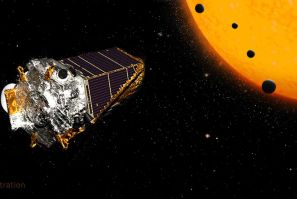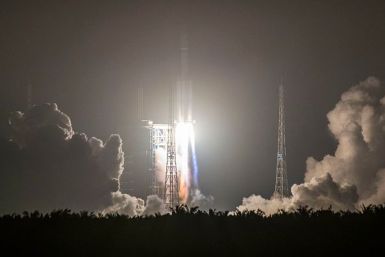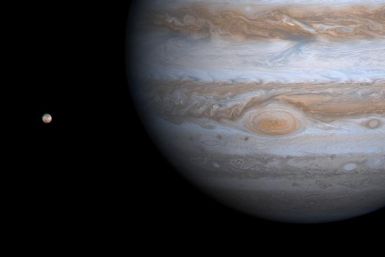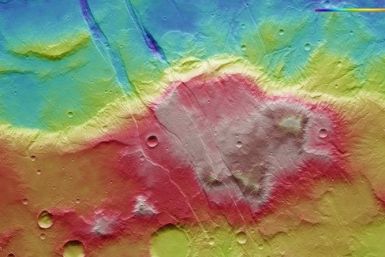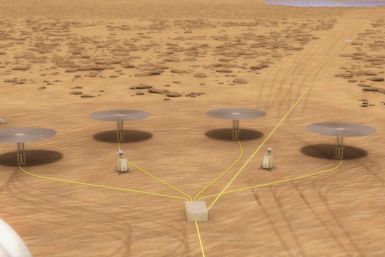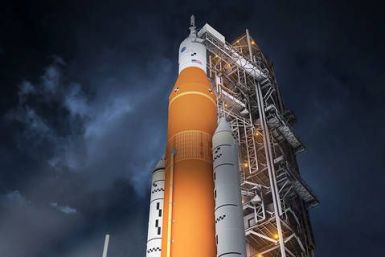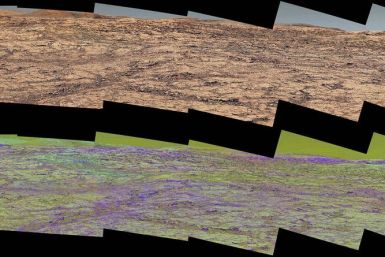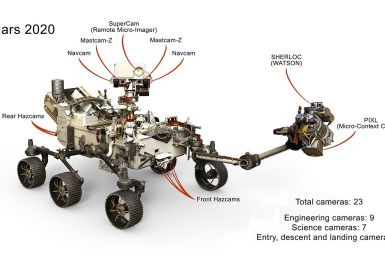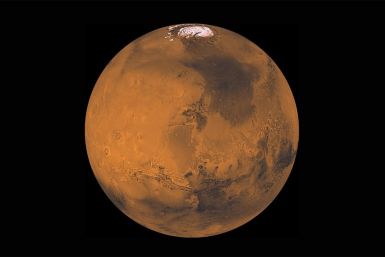Two young earthworm offspring were found in an experiment that uses NASA-provided Mars-like soil to grow plants that could aid human survival outside Earth.
Major companies like Adidas, Mars, Cadbury and more are responding to a report that many children’s videos on YouTube have comments that are predatory.
Researchers are now saying that streaks they previously thought were water are actually sand.
Future Mars colonists may want to form their own legal system. What would stop them?
Mars is a small world. It is half the diameter and less than 11 percent the mass of Earth, so the existence of such volcanoes was particularly surprising when they were revealed by the first satellite orbiter pictures collected by NASA in the 1970s.
To put astronauts on the moon and mine asteroids for their resources, China plans to develop rockets that run on nuclear power instead of chemical fuel.
A new study says the biggest planet in the solar system is responsible for almost all the water — whether liquid, solid or gas — in it.
These striking fracture lines, captured in March, were caused by the Mars' crust stretching apart in response to ancient volcanic activity.
NASA is set to test the new generator this month that could, one day, power a human habitat on Mars.
Since the 1960s, a large number of attempts have been made to land a spacecraft on the Martian surface, but only a handful of them have been successful.
Extraterrestrial life may not be able to survive the harsh conditions of the Mars surface, but it’s possible they could live underground for millions of years and are waiting to be found.
NASA's 3D-Printed Habitat Challenge, a Centennial Challenges competition, is looking for ways to create things needed for space missions in space itself.
NASA finished a review of the Space Launch Systems rocket that will take people to Mars.
A planetary scientist has come up with a new model for how gas giant planets form, and it could give us insight into the rest of our solar system and universe.
NASA's Curiosity rover captured color images and mapped Hematite on Mars which showed a much higher level of water-rock interaction in the past.
NASA's newest Mars 2020 rover will be equipped with 23 cameras to explore the Red Planet extensively.
Vice President and National Space Council Chair Mike Pence visited the newest Mars lander.
Martian winters and sublimation cause changes in the Martian landscape, a new study has said. Research sheds light on the linear gullies, which has baffled scientists for years.
The grooves that look like scratch marks on Mars are made by dry ice snowboarding down the sandy slopes of its largest crater.
The drill on the Curiosity rover hasn't worked in 10 months but NASA is working on a fix.
Melissa Benoist teased this Monday’s Season 3, episode 3 of “Supergirl.”
NASA and Google have made a virtual reality program that lets people explore Mars.



